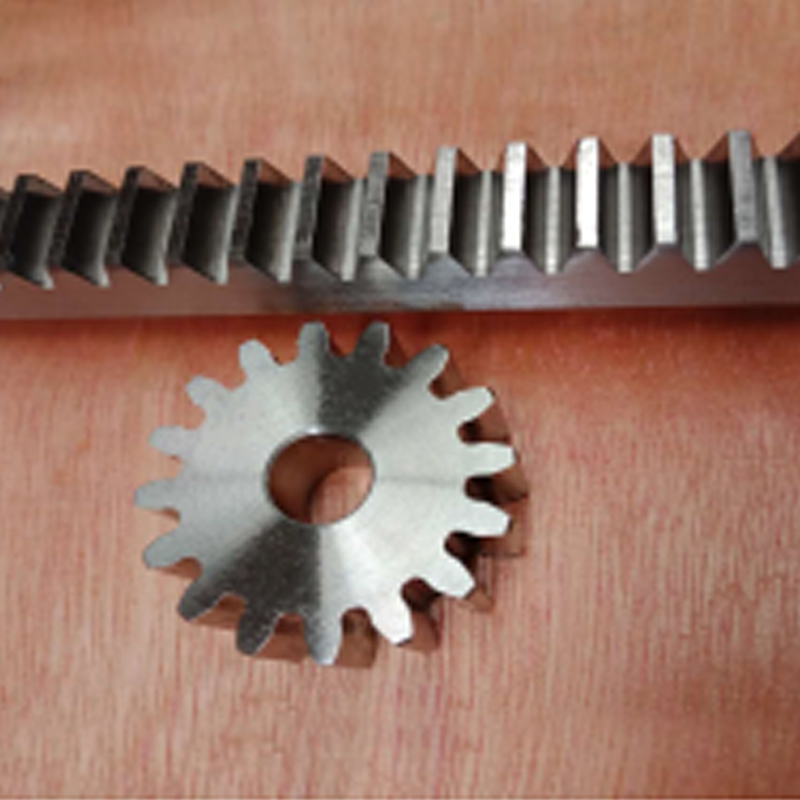Provide you with the latest company and industry news.
Spur gears are essential components in many industrial applications, and proper lubrication is crucial for their effective and efficient operation. Without adequate lubrication, gears can experience excessive wear, increased friction, and even failure, which can result in costly downtime and repairs. In this article, we will explore the importance of proper lubrication for spur gears and some best practices for ensuring that your gears are well-lubricated.
The primary function of lubrication in spur gears is to reduce friction and wear between the gear teeth. By creating a thin film of oil or grease between the teeth, lubrication can help to prevent metal-on-metal contact and the resulting damage that can occur. Lubrication can also help to dissipate heat and reduce noise and vibration in the gear system.
Choosing the right lubricant for your spur gears is essential. Factors such as the speed, load, and temperature of the gears, as well as the type of material they are made from, can all affect the choice of lubricant. It's important to choose a lubricant that is compatible with your gear system and provides the necessary level of protection and performance.
Proper lubrication also involves ensuring that the gears are adequately covered with lubricant and that the lubricant is changed regularly. Over time, lubricant can become contaminated with debris and lose its effectiveness, so it's important to follow the manufacturer's recommended maintenance schedule to ensure optimal gear performance.
In addition to choosing the right lubricant and ensuring that it is changed regularly, other best practices for proper lubrication of spur gears include monitoring gear temperature and vibration, inspecting gears for signs of wear or damage, and addressing any issues promptly to prevent further damage.
In conclusion, proper lubrication is essential for the effective and efficient operation of spur gears. By choosing the right lubricant, ensuring adequate coverage and changing the lubricant regularly, and following best practices for gear maintenance and inspection, you can help to extend the lifespan of your gear system and prevent costly downtime and repairs.




 韩语
韩语 阿拉伯语
阿拉伯语 西班牙语
西班牙语
.jpg?imageView2/2/format/jp2)














